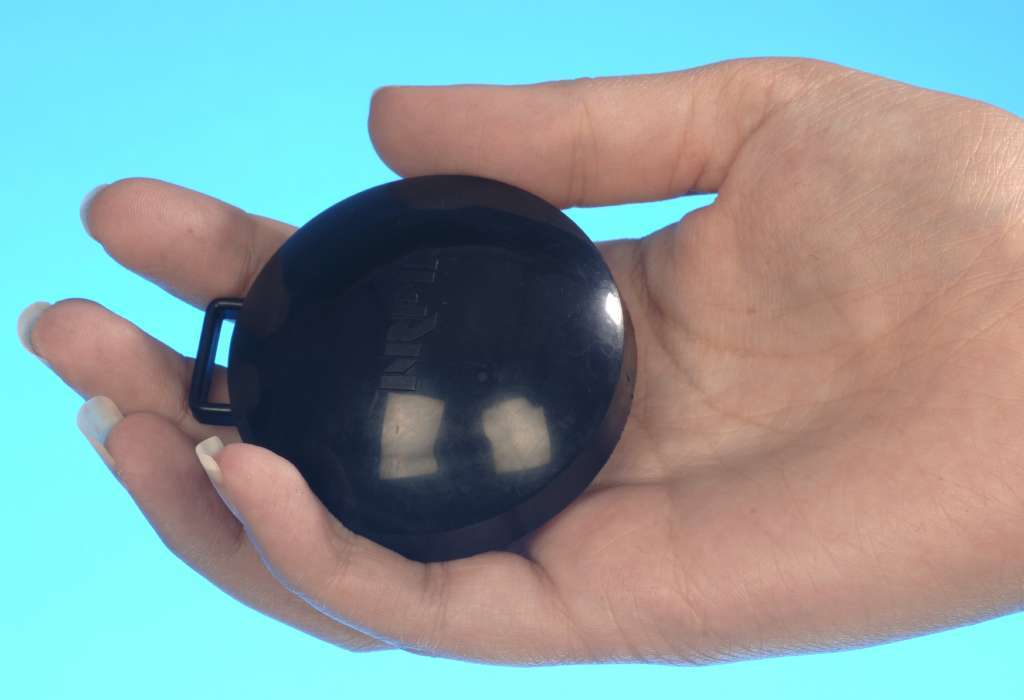More than a thousand north homes will be tested for excessive amounts of a radioactive gas in the coming months.
Highland Council has commissioned Public Health England (PHE) to test around 1,150 council houses, which have been deemed at highest risk from radon.
Highland is one of 16 local authorities in Scotland which has areas with a presence of radon exceeding recommended levels.
The gas is odourless and colourless and occurs naturally in all parts of the UK and accounts for around half of the average individual’s radiation dosage.
However, geological conditions in parts of the north can lead to higher than average levels of the gas forming.
Exposure to high levels of radon over a long period may increase the risk of developing lung cancer, although the council has said that there is no “acute risk” from the gas.
Tests have previously been carried out in Fort Augustus and Helmsdale, including four schools between the two areas.
Tenants in Badenoch and Strathspey; Wester Ross, Strathpeffer and Lochalsh; Caol and Mallaig; Landward Caithness; East Sutherland and Edderton; Dingwall and Seaforth; and Aird and Loch Ness wards will receive testing kits in the week following August 25.
The test involves placing two small detectors in a house for three months, after which they are sent for analysis.
Homes found to have a high level of radon can be cleared by increasing ventilation.
Hugh Fraser, the council’s director of education, said: “The council has made significant efforts to solve the radon problems by employing specialist radon consultants and contractors to instal the required works.
“It is unfortunate that we have encountered delays with some properties but the contractors are aiming to finish the remaining specialist works next week.”
Private home owners are advised that they can carry out their own checks by receiving testing kits from PHE at www.ukradon.org.
